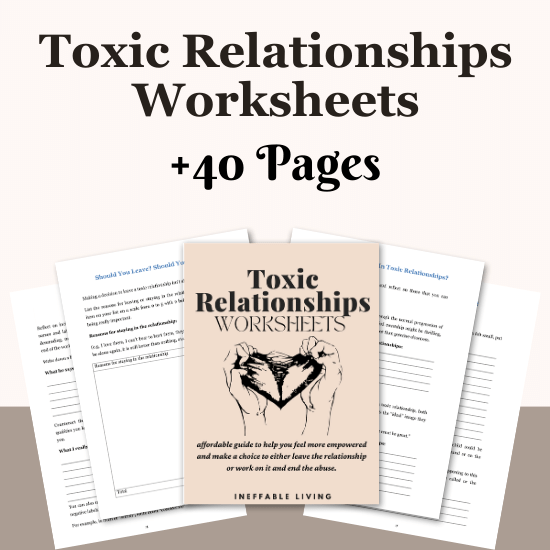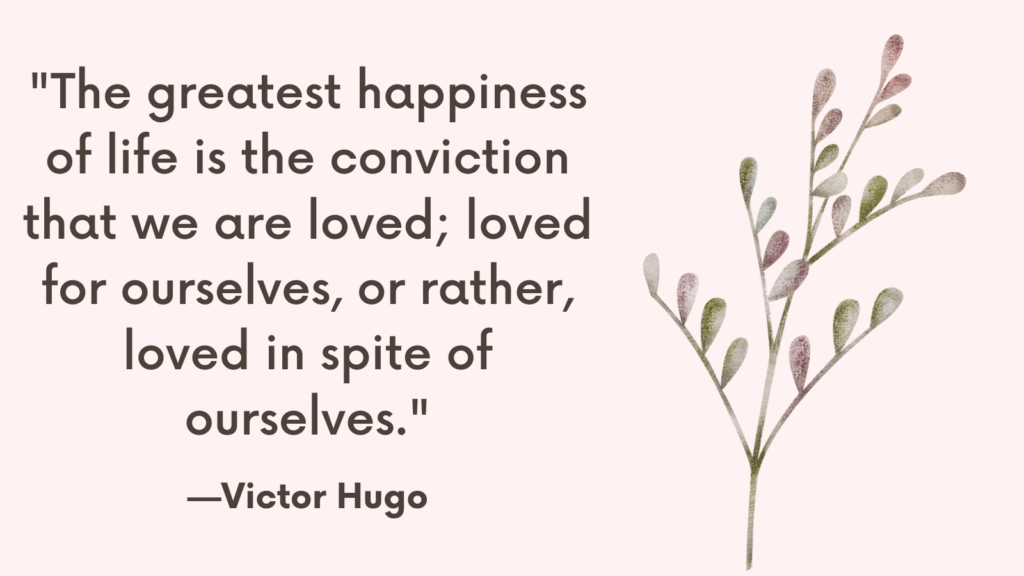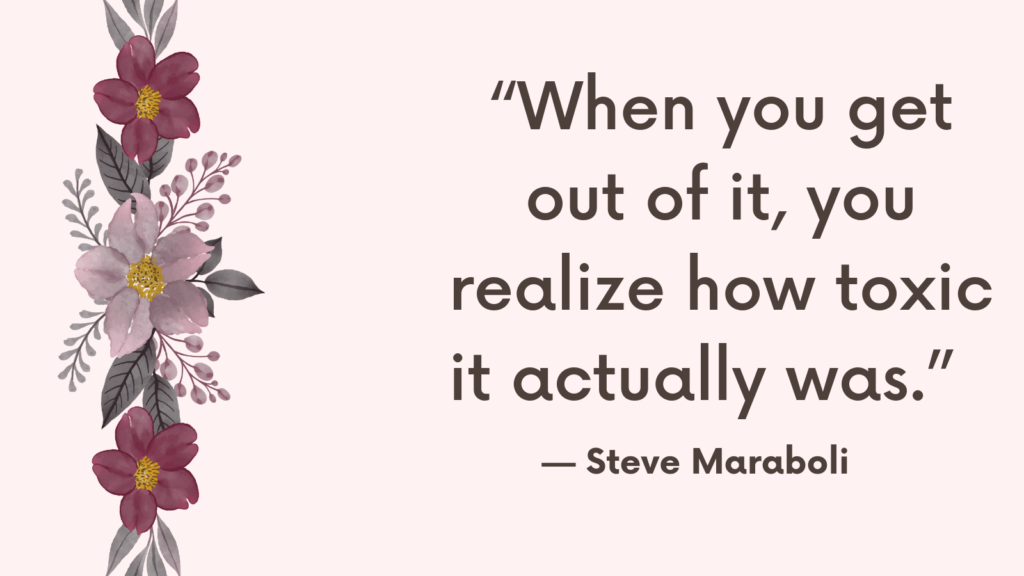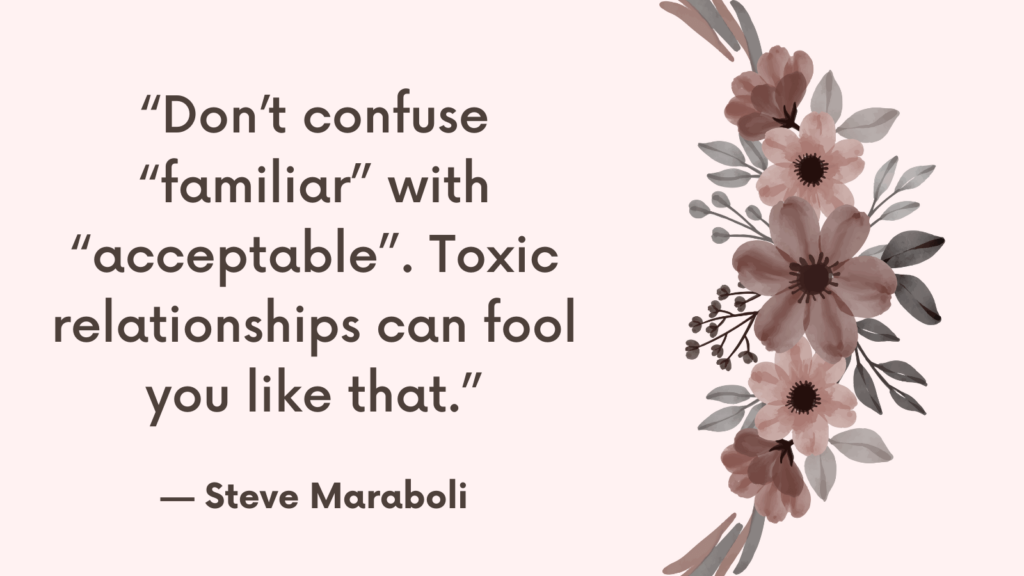Relationships form the foundation of our emotional lives, and when these relationships are healthy, they provide support, joy, and companionship.
However, many individuals find themselves trapped in a cycle of negative relationships, repeatedly experiencing hurt and disappointment despite their best intentions.
This cycle can be especially perplexing and painful, often stemming from unresolved issues and patterns formed in early life.
Understanding why this happens and how to break free from these patterns is crucial for fostering healthier, more fulfilling relationships.
Why We Get Stuck in Negative Relationship Patterns
One of the primary reasons people find themselves in repetitive negative relationships is rooted in their early emotional experiences.
These experiences often shape our perceptions of what relationships should look like and how we deserve to be treated.
For example, if someone grew up with emotionally unavailable or critical parents, they might unconsciously seek out similar dynamics in their adult relationships.
This phenomenon is often explained through the lens of psychoanalytic theory, particularly the concept of the Corrective Emotional Experience. (source)
The Corrective Emotional Experience suggests that individuals might seek out relationships that mirror their early negative experiences with the hope of “correcting” them.
They unconsciously try to recreate the dynamics of their past, believing that if they can make this new relationship work, they can finally heal their old wounds.
Unfortunately, without conscious awareness and intervention, this often leads to repeating the same painful patterns rather than resolving them.
Related: How To Heal Abandonment Issues? Top 15 Powerful Strategies For Fear of Abandonment Healing
How to Stop the Cycle of Negative Relationships?
1. Understanding Your Patterns
The first step in breaking the cycle of negative relationships is gaining awareness of your patterns.
Reflect on your past relationships and identify common themes.
Do you tend to attract partners who are emotionally unavailable, critical, or abusive?
Consider how these patterns may relate to your early relationships with caregivers or significant figures in your life.
Understanding this connection can provide valuable insights into why you might be drawn to certain types of individuals.
For instance, if you had a critical mother who never validated your efforts, you might find yourself drawn to partners who similarly withhold praise and approval.
This dynamic can reinforce feelings of inadequacy and low self-worth, perpetuating the cycle of seeking validation from people who are unlikely to provide it.
2. The Role of Therapy
Therapy can be an invaluable tool in breaking the cycle of negative relationships.
A therapist can help you explore your past experiences, understand how they influence your current relationship patterns, and develop healthier ways of relating to others.
Through therapeutic work, you can learn to identify and challenge the unconscious beliefs that drive your behavior, such as the notion that you must earn love and approval by fixing or saving someone else.
Therapists often use techniques from Cognitive Behavioral Therapy (CBT) and psychodynamic therapy to help clients recognize and change these patterns.
CBT can help you identify and reframe negative thought patterns that contribute to your relationship difficulties, while psychodynamic therapy can delve deeper into the unconscious motivations behind your behavior.
Related: Top 10 Signs You’re Putting Up Walls To Protect Yourself
3. Developing Self-Awareness and Self-Compassion
In addition to therapy, cultivating self-awareness and self-compassion is essential for breaking free from negative relationship patterns.
Self-awareness involves recognizing your triggers, understanding your emotional responses, and being mindful of how you interact with others.
Journaling can be a helpful practice for developing self-awareness, allowing you to track your thoughts, feelings, and behaviors over time.
Self-compassion, on the other hand, involves treating yourself with kindness and understanding, especially when you make mistakes or encounter difficulties.
Many people stuck in negative relationship cycles are harshly self-critical, blaming themselves for their repeated failures.
By practicing self-compassion, you can begin to heal the wounds of your past and develop a more positive self-image, making it easier to attract and maintain healthy relationships.
4. Setting Boundaries and Standards
Another crucial step in breaking the cycle of negative relationships is learning to set healthy boundaries and standards for how you expect to be treated.
Boundaries protect your emotional well-being and ensure that you do not tolerate behavior that is harmful or disrespectful.
Reflect on what behaviors and qualities are unacceptable in a partner and commit to upholding these standards in your relationships.
It’s also important to recognize the red flags of unhealthy relationships early on. If you notice patterns of behavior that are similar to those you’ve experienced in past negative relationships, take a step back and reassess.
It’s easy to fall into familiar patterns, but being vigilant about recognizing and avoiding these dynamics is key to changing your relationship outcomes.
Related: Why Do People Stay In Toxic Relationships? Top 12 Reasons
5. Building Healthy Relationships
Breaking the cycle of negative relationships also involves learning to build healthy, positive relationships.
This starts with selecting partners who treat you with respect, kindness, and consideration.
Look for individuals who are emotionally available, communicative, and supportive.
Healthy relationships are characterized by mutual respect, trust, and open communication.
In addition to choosing the right partners, it’s important to actively cultivate the skills that contribute to healthy relationships.
This includes effective communication, emotional regulation, and conflict resolution.
Practice expressing your needs and feelings openly and honestly, and be willing to listen and compromise with your partner.
Building these skills takes time and effort, but they are essential for creating and maintaining fulfilling relationships.
Related: 8 Symptoms of Ongoing Traumatic Relationship Syndrome

Conclusion
Breaking the cycle of negative relationships is a challenging but deeply rewarding journey.
It requires introspection, self-awareness, and a commitment to change.
By understanding your patterns, seeking therapy, practicing self-compassion, setting healthy boundaries, and actively building positive relationships, you can transform your relationship experiences and create a more fulfilling and joyful life.
Remember, change is possible, and with the right tools and support, you can break free from the past and build the healthy relationships you deserve.



